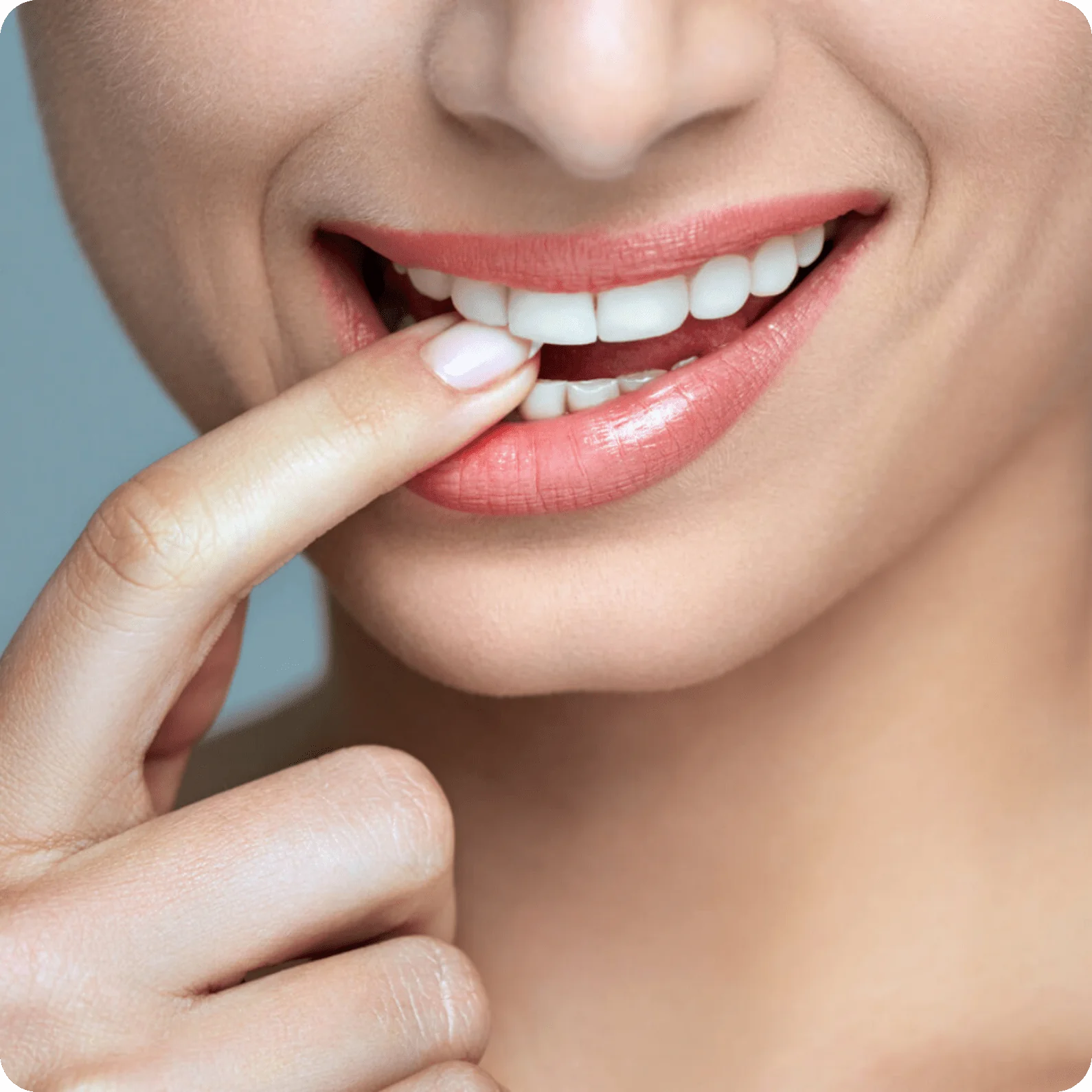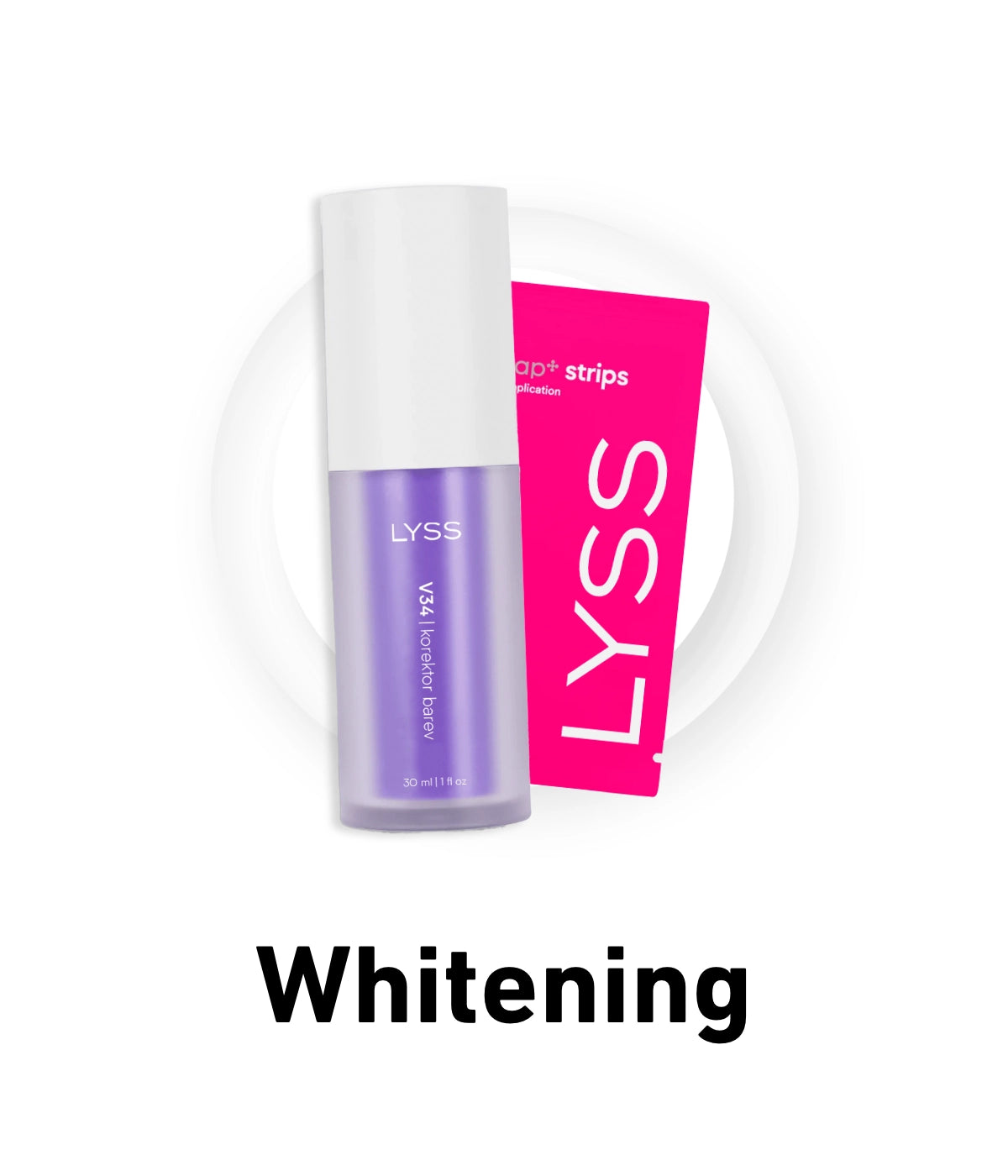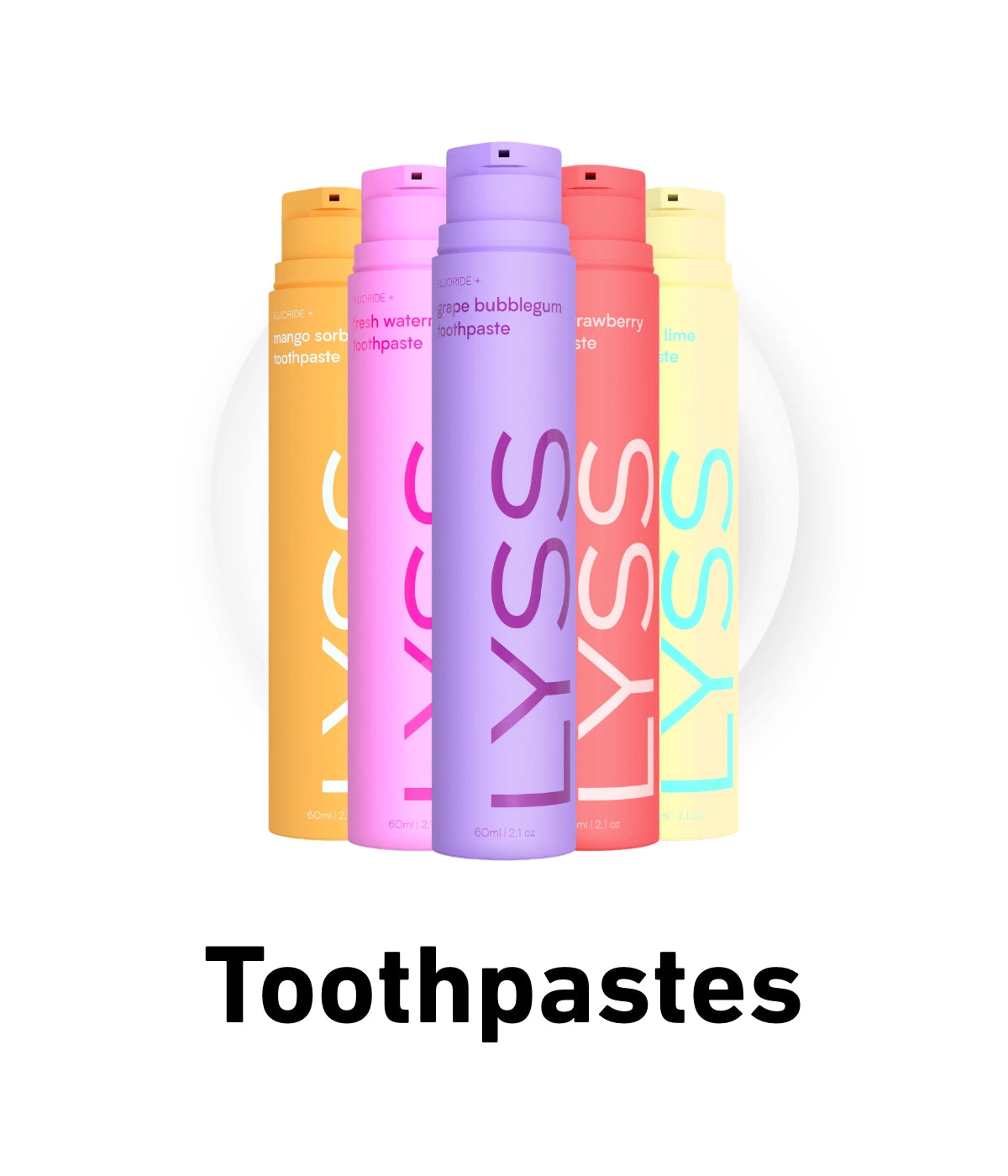Milk teeth are a very common topic. Many parents ask me about the first teeth when they visit my office. Usually they are wondering when the first teeth start to come in and how to care for them. First teeth can start to appear around the 6th to 12th month, but it is not uncommon if it is a few months later or earlier (some babies are even born already teething, it is not very common but it can happen). Every child handles the growth of their first teeth differently, some children don't even know they are coming, for other children you know many days in advance that something is about to happen. Common symptoms that you may notice before and during teething include increased salivation, a lump on the gum, a swollen cheek, diarrhea, tearfulness, grumpiness, poor sleep, and sometimes a temperature.
Some symptoms are easily confused with, for example, a common childhood disease, but once you have experienced the first few teeth, you will be able to recognize the teething of the next ones reliably. Teething in infants can (but does not have to) be very challenging, as the pain often comes at night, disrupting the sleep of the whole family. The time it takes for children to erupt varies - in my experience, some children suffer from symptoms for 2 days and then the tooth shows, others for 2 weeks, then the teething stops and in a few days the whole merry-go-round starts again, so that the tooth finally emerges.
You must be wondering how to help your child's first teeth grow. I have very good experience with teething toys that can be cooled in the fridge, with toys that are designed for children's teething, then I recommend a harder diet (carrots, apple), massaging the teething tooth with a toothbrush or a so-called "finger" (you can also add numbing gel - there are natural and stronger anesthetic options), for older children ice cream and in case of severe pain painkillers.
How many milk teeth are there?
The lower and upper incisors erupt first around six months to a year, then the molars begin to erupt (you can expect the first molars around a year and a half, the second molars later - around 3 years of age) and the canines (usually appear after the first molars erupt, around a year and a half or later). By the age of three, all the baby teeth should be erupted. As I mentioned above, time variations are common in teething. If anything seems off, you should consult your dentist instead.
Next comes perhaps the most important question. How do you take care of your first teeth? Babies try to taste everything and put it in their mouths, so it is advisable to have toys ready that are designed for this purpose. There are also teething toys that have soft bristles and babies clean their teeth easily by biting them, for example, I found it very useful to leave my daughter toothbrushes all over the apartment, which she always discovered and "cleaned" her teeth at least a little during the day. Baby toothbrushes need to be soft, gentle, ideally rubberised on the other side and tiny.
First teeth in children
We have to take care of the teeth from the very first one (when, by the way, it is also advisable to visit the dentist for the first time to have a look at the tooth; the first visit to the dentist's office should not be later than 12 months). To clean the first milk teeth, so-called teething sticks are suitable, which the parent puts on the finger and gently cleans the teeth and gums; it is also possible to add a small amount of teething pain gel or suitable baby toothpaste. The moment the child starts to bite the parent while brushing (or even before), the appropriate baby toothbrushes come into play, just as I described above - small, soft, gentle. When brushing, don't put pressure on the toothbrush and use circular motions to clean the teeth twice a day, morning and evening. During today, baby can practice brushing on his own.
Sometimes it happens that children do not want to cooperate when brushing their teeth. At these times it is a good idea to try play brushing - the child will brush for you and you for him or her, or let the little one help you brush. You can also call on stuffed animals to help and they will clean the teeth with you. Motivation charts work well for older children - every morning and evening, children stick a sticker in their diary if they have brushed their teeth. There are also hourglasses that keep track of brushing time. If you've tried the first last one and the kids (4 years and up) just don't want to brush, even if you do the first last one, I recommend getting a sonic toothbrush. Even so, parents should check and brush their teeth safely until age 12, and every six months a dentist should check the condition of the teeth.
In addition to brushing, a correct and balanced diet is also important; according to the paediatrician's instructions, from a certain age the child should be given not only a liquid diet but also a solid diet, which he or she can easily cope with thanks to the teeth and make optimum use of. Sweets, lollies, sweets and the like are not suitable. I have also come across the practice of dipping the pacifier in honey, sugar and the like, but avoid this - it exposes the teeth to sugars for a long time, which causes decay. For drinking, I recommend plain water or unsweetened teas.
When do the first teeth fall out?
You must also be wondering when the first teeth fall out. Around the age of 6, the baby teeth start to fall out and are gradually replaced by the permanent second teeth, which number 32. The incisors fall out of the baby teeth first, then usually the first molars, canines, and finally the second molars, between the ages of 10-12. Thus, it can be said that the milk teeth fall out gradually by the age of 12.
I am often asked how to pull out wobbly baby teeth. Children often manage on their own, some are helped by biting into hard food, sometimes it is enough to slightly wiggle the tooth and it falls out. If a wobbly tooth is troublesome and painful, don't be afraid to call your dentist for advice and help.








